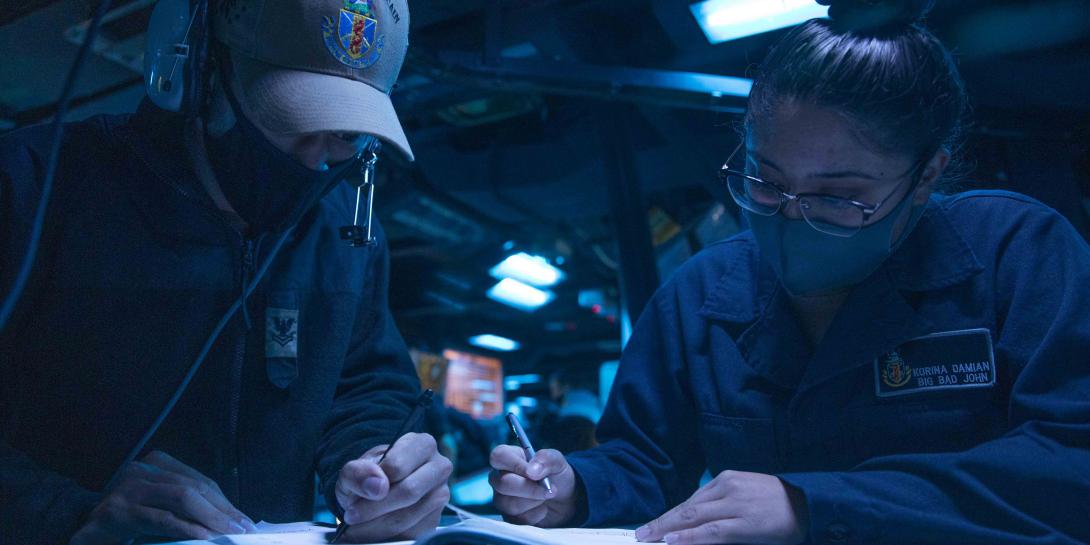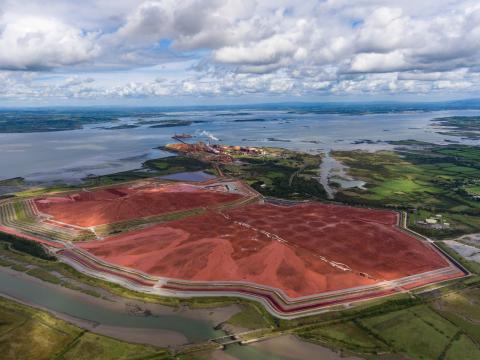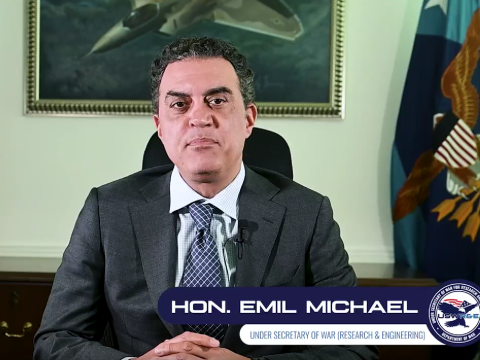Navy Contribution to JADC2 Is Key Service Program
The U.S. Navy’s contribution to the Joint All-Domain Command and Control (JADC2) is one of the service’s three most important initiatives, according to the chief of naval operations (CNO). Adm. Michael M. Gilday, USN, said that Task Force Overmatch is essential for the Navy to put itself “in a position of advantage” for C2 of a hybrid fleet of manned and unmanned vehicles in the air, on the sea and under the sea as well as in decision-making against peer adversaries.
Speaking at a press availability with the Defense Writers Group, Adm. Gilday explained that “Our OODA [observe, orient, detect and attack] loop has to be tighter than their OODA loop, and with the Navy’s contribution to JADC2, we’re on a very good [level] right now.” This effort has four substantive spirals undergoing testing and evaluation this year, he added.
All told, the CNO described two other initiatives that are key to future Navy success. One is to improve maintenance and reduce delay days for force readiness. Another is to build and deliver the Columbia class of submarines on time.
For the Navy’s part of JADC2, the admiral offered that three needs dominate the Navy’s thrust. The first is resiliency, as the system must be able to prevail in the face of enemy action. Another is capacity or volume, as the sea service will be adding significant numbers of unmanned vehicles to the fleet. These must be connected to the network, which will require either more bandwidth or “a judicious use of the bandwidth that you have,” he said.
The third need is agility. The admiral hopes that Task Force Overmatch will create a network of networks over the Navy’s existing networks. This new network will pass any data over the network of choice. For example, tactical fire control data that typically would be used only on a certain fighter network could be transferred to another network chosen by software for resilience and speed.
Moving this information efficiently from sensor to shooter without an operator in the decision loop may depend on leveraging industry-best standards. The four spirals will grow in complexity to tie together more networks and applications, and this effort will be expanded to a strike group at sea no later than early 2023, Adm. Gilday says.
The admiral allowed that the Navy currently is not structured for the authorities and responsibilities in N2/N6, NAVWAR and NAVSEA to achieve this needed agility. “Those authorities are really stovepiped right now,” he stated, adding that he has given Rear Adm. Doug Small, USN, more authority to make decisions on the use of these networks and the applications that will lay atop them. “We will rely less on applications being embedded in legacy operating systems, and they’ll really reside on the backbone of our systems out at sea.” That would be the Consolidated Afloat Networks and Enterprise Services (CANES) system, he noted.
“Using industry-best standards, we will containerize and test new software patches or new software applications that industry offers,” the admiral continued. “We would test them in a containerized way on a replica or digital backbone to make that testing cycle much quicker.” He spoke of obtaining these test results in minutes or hours rather than weeks.





Comments